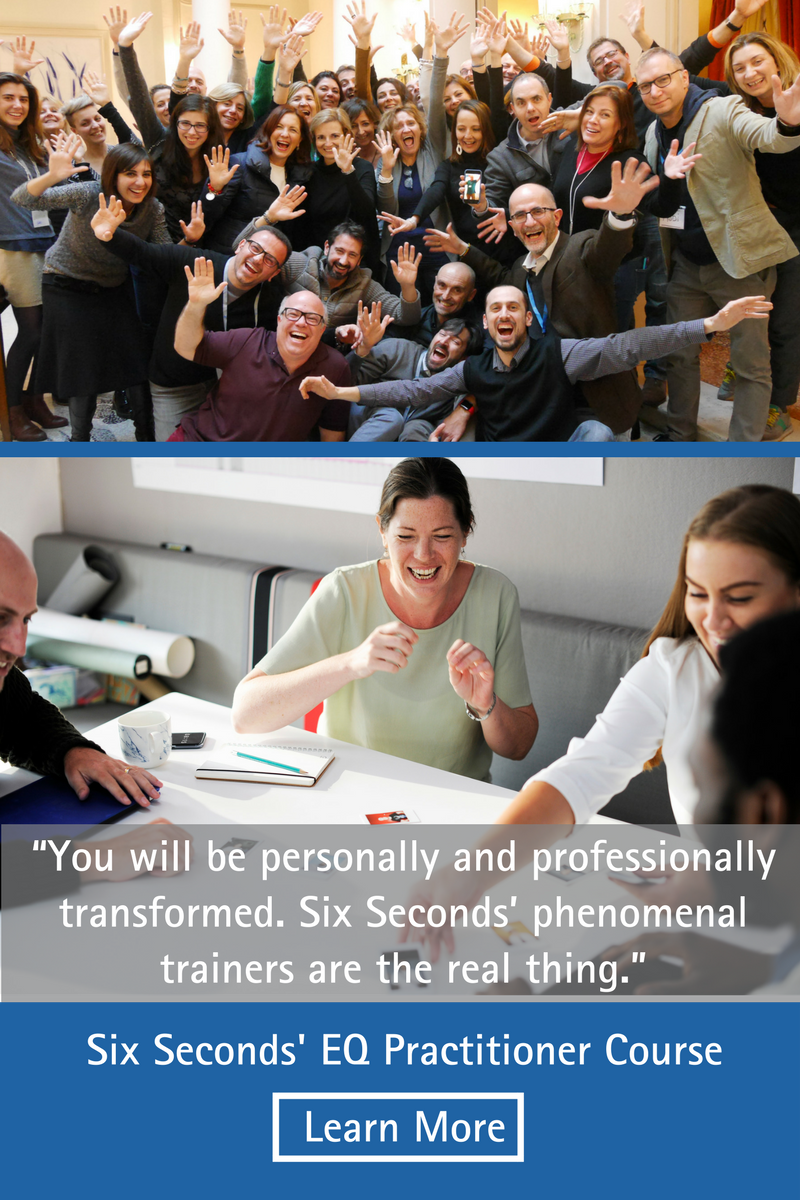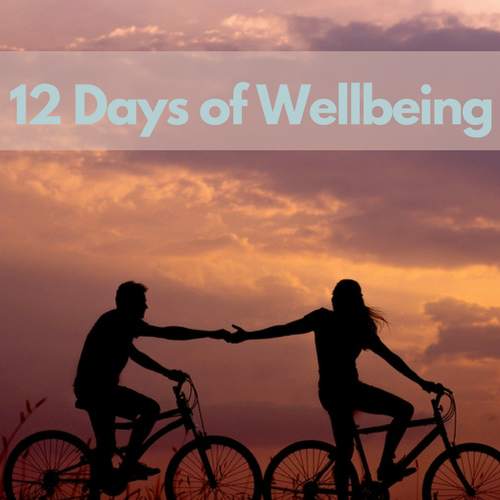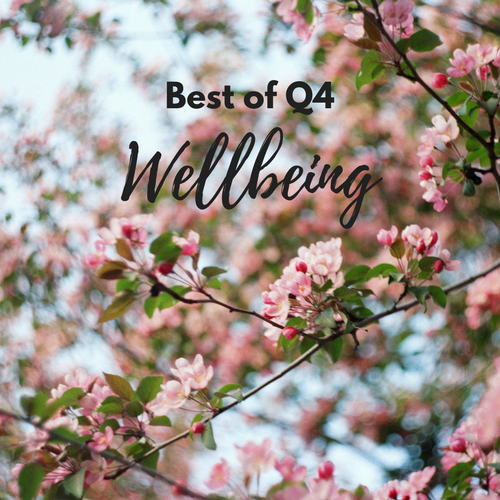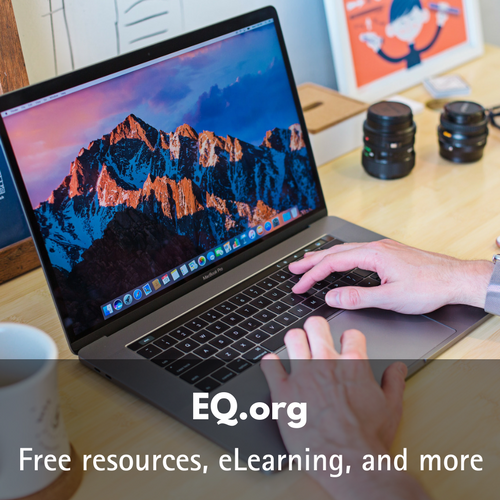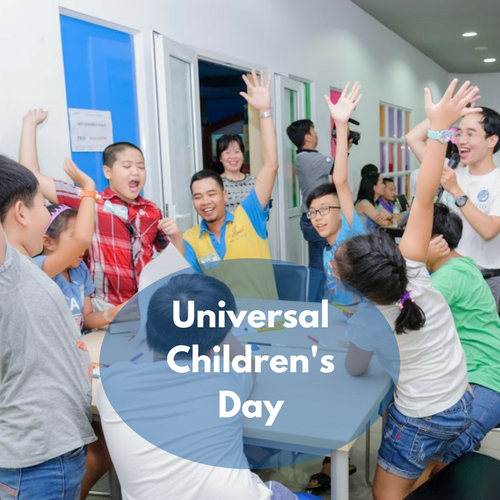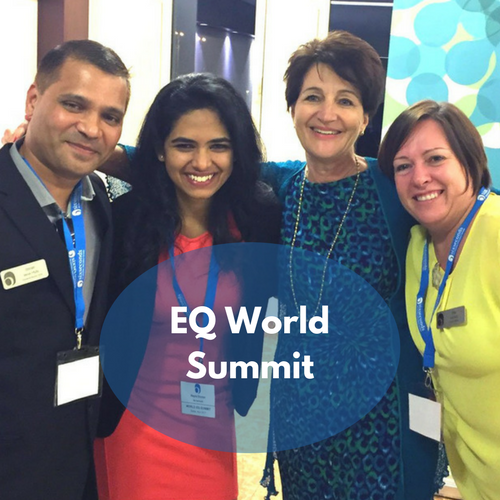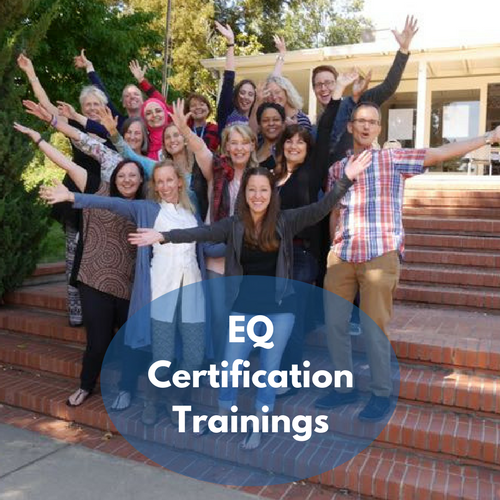Six Seconds: A Community of Practice Unlike Any Other
My friend came up to me the other day and said, “I read Dan Goleman’s book, Emotional Intelligence: Why It Can Matter More Than IQ. I loved it, and it makes total sense…”
“But how do you practice emotional intelligence? How can you actually get better at it and use it to change your life?”
Six Seconds has become a global community of practice because many people have asked this question – and it led to us asking ourselves:
What if people could have more resources, and more tools, and the support to actually take this emerging science and put it into practice? What if people could support each other? What if 1 billion people were practicing emotional intelligence? What would that look like? Well, it looks something like this.
“What if our emotions could be a resource to us, instead of an enemy, or something irrelevant, or something overwhelming? What if they could be a resource to us that could connect us with ourselves and each other?” – Josh Freedman, CEO, Six Seconds
In the Early Days of the Internet
Six Seconds created a website in 1997, when there really wasn’t that much on the Internet. But people reached out, saying they read Goleman’s book and asking how they could practice and improve emotional intelligence. “We started to tell people on the website and in emails how you do this,” says Josh Freedman, one of the founders. “Then, people started to write and say, “Can we have a certification course?” I had no idea what that meant. I went to Anabel Jensen, our Founding President, and I said, “Anabel, what do you think they mean when they say ‘certification course’? None of us came from organizational psychology or places where this idea of certification training is something normal. She said, “Well, I guess they just want an in-depth training.” So we decided, “Well, let’s do one.”
The first course had people from six countries and many different sectors, including military organizations, a couple different unions, manufacturing companies, tech companies, elementary schools, colleges, and prison systems. “Just an incredibly broad cross-section of society,” Freedman says, “and we found that there was this spark that happened from this divergence and diversity in the room. This spark of divergence and at the same time, this recognition of sameness.” Everyone was brought together by this desire to learn how to practice emotional intelligence, to use emotions as a resource instead of feeling overwhelmed by or indifferent to them. Many of the people in that first course, and subsequent courses, shared a similar feeling: “I have felt so alone during this work. I thought I was the only one who really cared, who really believed that emotions could be a resource. I thought I was the only one who really believed we could learn these skills. Not just being emotional but actually being smarter with our emotions. Treating emotions as data that we can use to step forward with purpose.”
And realizing that they were not alone in this is how Six Seconds became a community of practice. That first certification course was 20 years ago. Now Six Seconds has a global network of certified EQ practitioners, and technology has made it easier than ever for this community to be integrated, helping each other learn and grow. Six Seconds now holds trainings all over the world – training life coaches, business leaders, parents and teachers. They are also working in schools, businesses and hospitals, partnering with other organizations, and sharing the latest research on emotions and emotional intelligence through a number of mediums. The community has grown in unexpected and beautiful ways.
A Community of Practice Grows In Unexpected Ways
“What we’ve worked to do over the years is to create more and more ways for people to participate,” says Freedman. Certification trainings remain an integral part of how Six Seconds shares its tools and methods and knowledge, but it’s also about feeling part of this bigger community of support all the time – and so we have developed EQ cafes, a blog, a website full of resources, and more ways to be involved in leadership roles in the community. More ways to engage with other people and share tips for how to deal with all of life’s challenges and complexity with emotional intelligence.
So what is the best way for someone to get involved in Six Seconds?
The first step for many would be reading and sharing an article – or even just a tip or quote from an article that really stuck with you. Join a webinar that sounds interesting, or download some of our amazing free resources. For example, check out these 12 Days of Wellbeing. You can get a free eBook that’s short, beautiful and inspiring – and has wellbeing activities for each day. If you have been wanting to focus on your wellbeing and emotional growth, welcome to the community! Our articles share the latest research on emotions and emotional and intelligence, and discuss ways to put it into practice in your every day life.
Here are some resources we think you’d like:
12 Days of Wellbeing – A beautiful and inspiring eBook with 12 days of stories and tips about increasing your wellbeing.
Best of Q4: Wellbeing – Each quarter we have a theme, and last quarter’s theme was wellbeing. Check out the best articles from the last couple months.
EQ.org – A website dedicated to EQ practitioners. Check out our webinars, the thousands of resources in the EQ library, or take a free eLearning course. You can sign up for a free membership at any time.
And the best news is… we also love to connect with each other in person. And you are welcome, too. There are more ways to get involved than ever before. Go to an EQ Cafe hosted by your local Network Leader. Or take part in a special event, like Universal Children’s Day or the EQ World Summit. You can click on the pictures below to read more about these special events.
Or go for the in-depth training and connections of a certification training, which is an amazing way to connect with a community and really dive in to learning about EQ. If you’re on the fence, read this article about my experience at the EQPC last June. Your Regional Network Director will have a list of the upcoming courses near you, and would be happy to talk about what you want to get out of it, and whether it’s a good fit. Or just chat about how you are doing and what you want to do in life. We’re passionate about helping people, so don’t hesitate to reach out. A list of the different roles within Six Seconds can be found below.
Roles in the Six Seconds Community
There are many different roles in the EQ community. Here are a few with short descriptions:
Active Certified are practitioners using the tools and methods in their work and in their lives, making the practice of EQ a part of their daily, or weekly, or monthly work in some way. They have attended a certification course and have kept their certification active by accruing ACE credits. Whether they’re teachers, or trainers, or consultants, or coaches, or managers, or individuals, they’re saying, “I’m going to actively practice and teach these skills.”
Network Leaders are people who have gone through certification, and they’re actively leading groups of people to practice together. They’re building a local community and saying, “In this town, in this city, in this location, I want to build this in-presence community that’s part of this total community.” Every quarter, we publish an EQ Café about the quarterly theme, and the Network Leaders host the cafes. It’s an experience where people can come together and practice EQ. In a world where people feel increasingly stressed and disconnected, it can be so refreshing to simply gather together. Learn more about Network Leaders & EQ Cafes.
Preferred Partners are Active Certified who say, “Not only do I want to use Six Seconds methods and tools in my work, I have some unique methodology or a unique expertise and together with Six Seconds, I want to build something new, blending my expertise with Six Seconds tools.” There’s a big range of preferred partners – one is creating an EQ kindergarten program in the Middle East, another is developing an EQ leadership training program, and another works in trauma and how to use EQ to heal from trauma – and each one is taking their unique expertise along with our tools and methods and creating something new. It’s the “contrast of the fundamental sameness of our human experience with this spice of variety and difference” that fueled that first certification course. Learn more about our Preferred Partners.
Regional Network Directors are the leaders putting EQ into action all across the globe. They work with the global office to bring certifications and EQ cafes to practitioners all over the world. Meet your RNDs by clicking on the button below.
Change Starts Within
Six Seconds is still grounded in the belief that change starts with each individual person. Many people say the certification courses are life changing, because it’s not a typical train-the-trainer process where you say, “Okay. I’m going to learn this and go use it with somebody else. Because our belief is, this has to start on the inside, what we do in our certification training is, we start on the inside.” So the change starts within, but as so many of us have had really life changing experiences – learning to be more self-aware, more deliberate in our decision making, and more connected to our self and others – that there is an irresistible desire to share. Humans are social animals, and emotions, too, are inherently social. So it wouldn’t even be possible to practice in a bubble. And that’s how our community of practice has grown – starting with the individual, and then sharing it with another person, and another.
“The simplest way to participate is to bring this practice of emotional intelligence to one other person, starting with yourself,” says Freedman. It could be a friend, a coworker, or your spouse. “Our strategy is, we are supporting practitioners. We are supporting people to to practice emotional intelligence in a way that enables them to bring others into the practice of emotional intelligence. And so the most basic step is to say, “Okay, I’m going to practice myself. Who are people around me that I can invite to also practice emotional intelligence?”
Take the plunge yourself, and if you are inspired by what you find, start by sharing it with one other person. That’s how our community of practice has grown – and will continue to grow. Join us today!
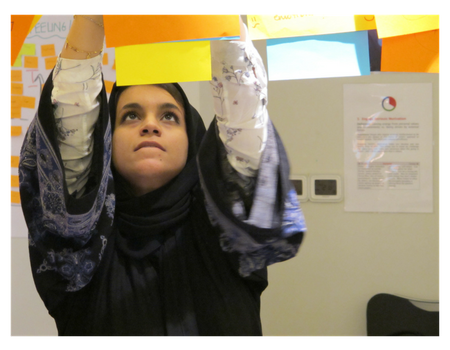


- Pursue Noble Goals in the Six Seconds Model of EQ - July 29, 2023
- Increase Empathy in the Six Seconds Model of EQ - July 26, 2023
- Exercise Optimism - July 24, 2023

